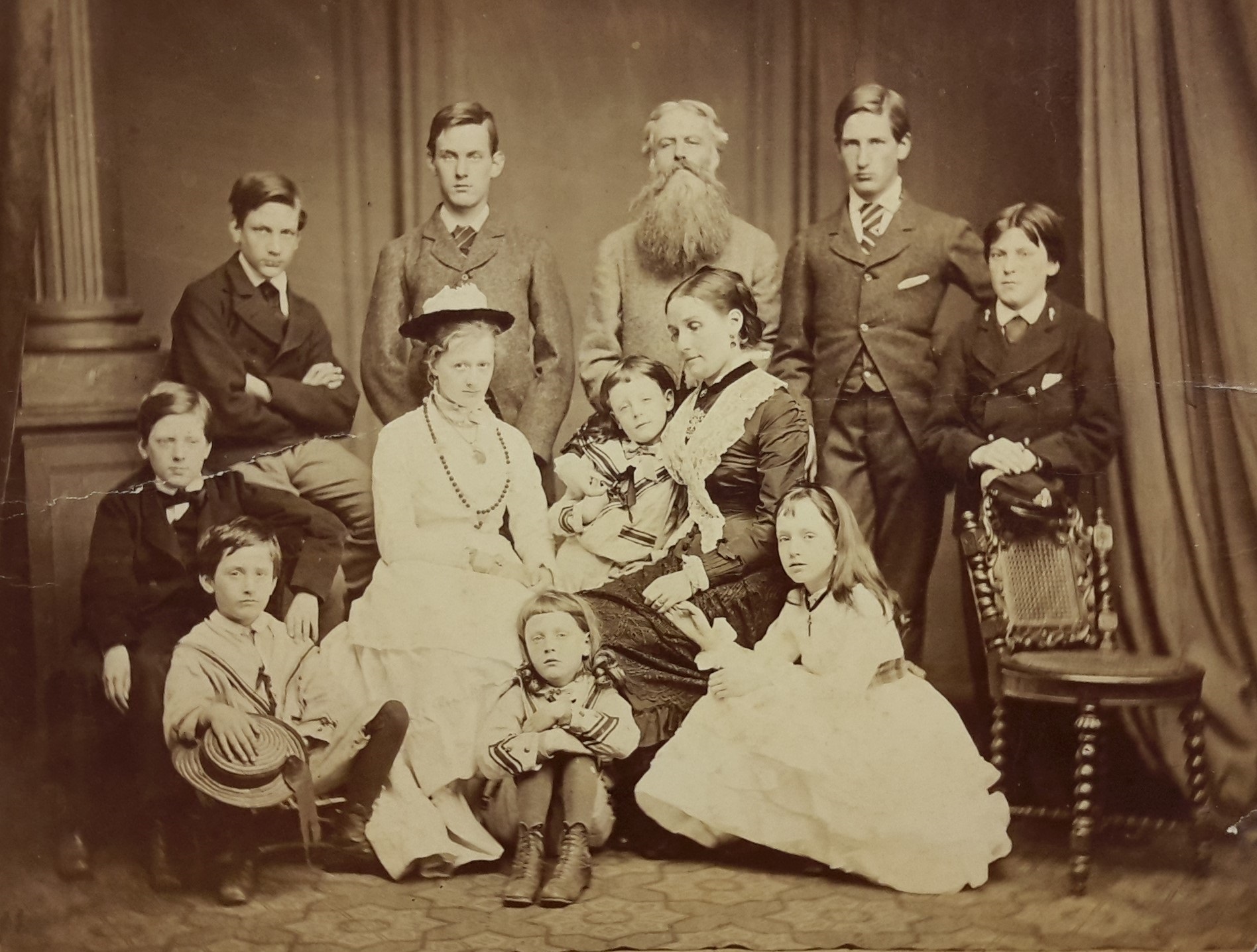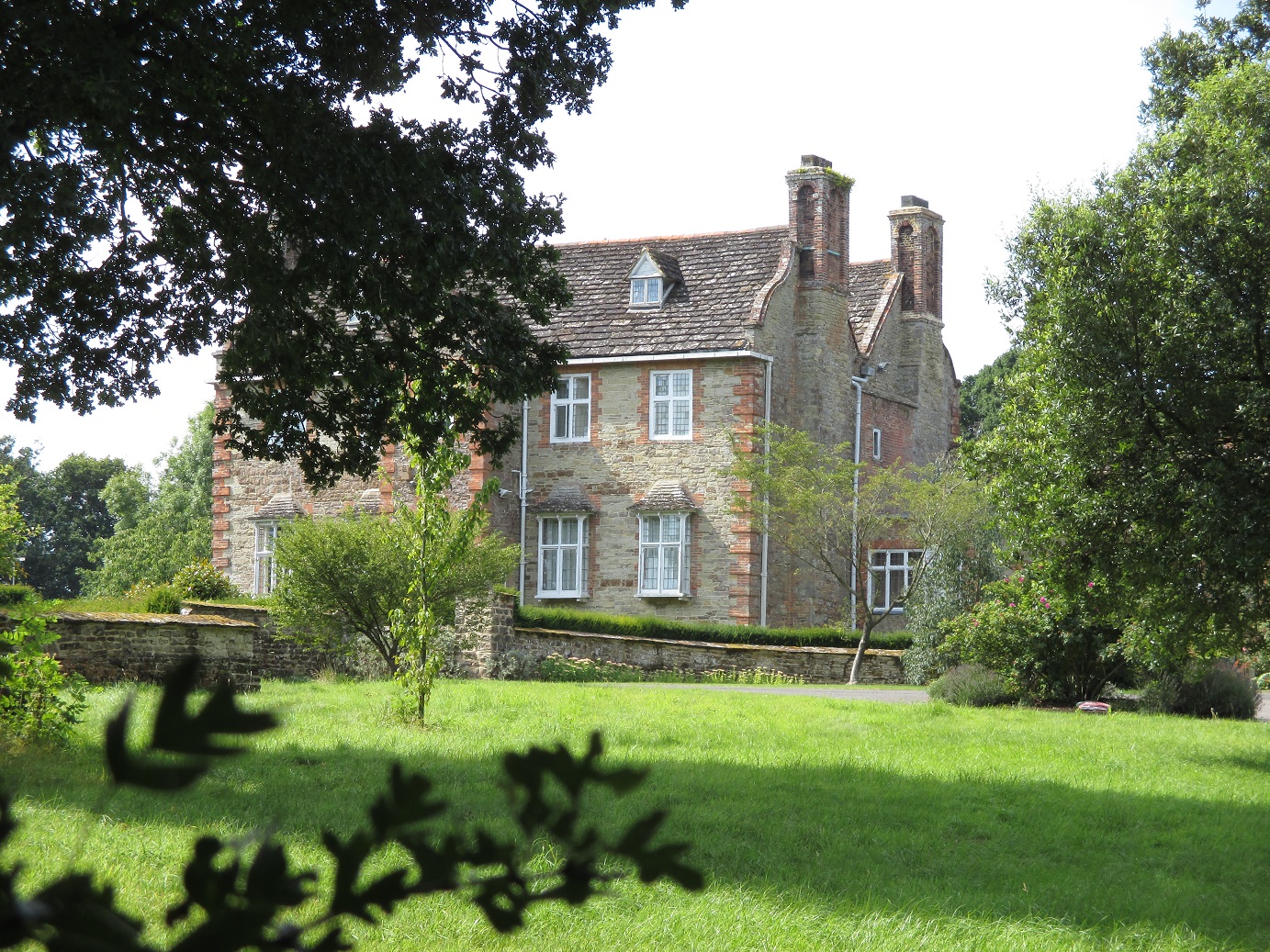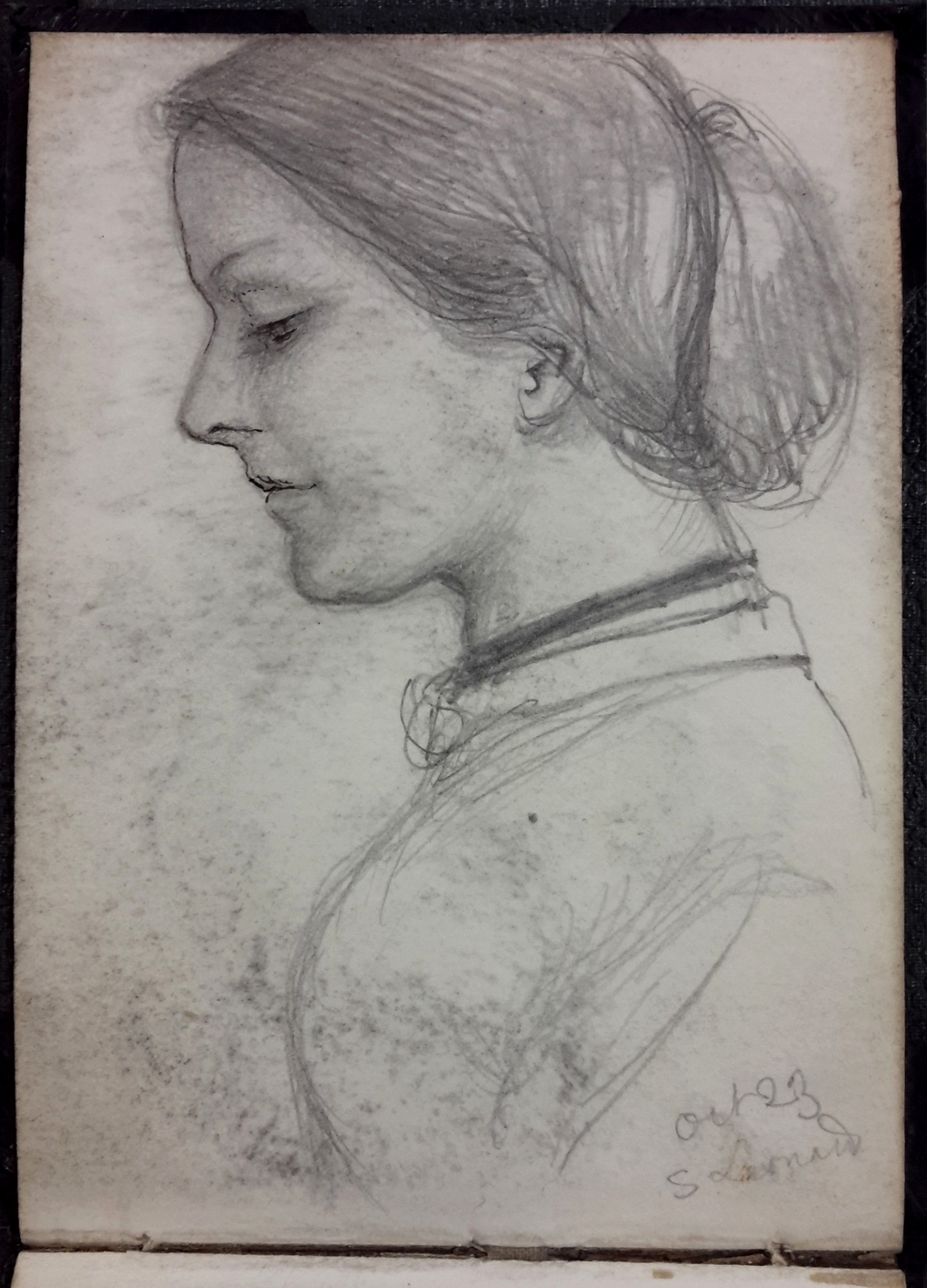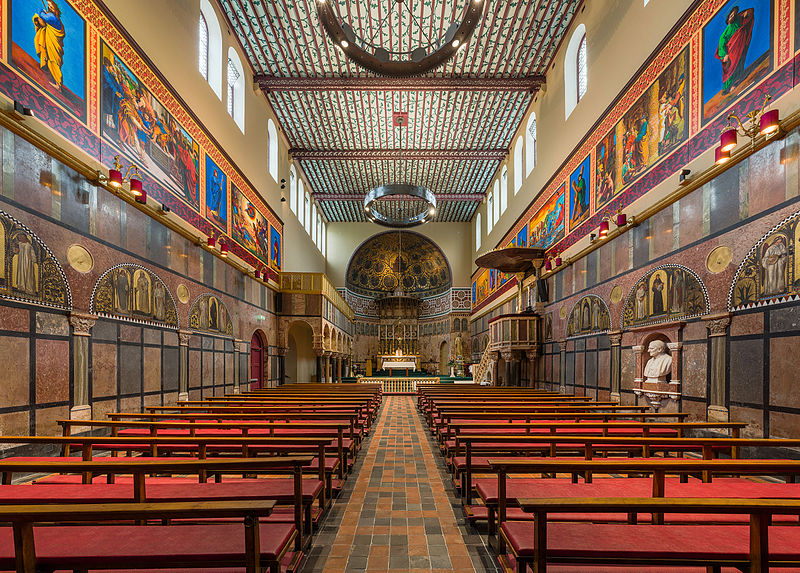Abdul Raufu Mustapha (1954-2017), born in Aba, in what is now Abia State in south-eastern Nigeria, was appointed University Lecturer in African Politics at Oxford University in 1996, becoming the university’s first Black African University Lecturer. In 2014 he was appointed Associate Professor of African Politics. His academic papers were donated to the Bodleian Libraries by his widow, Dr. Kate Meagher, in 2018 and 2020 and catalogued recently with the generous support of the Oxford Department of International Development, St. Antony’s College, Oxford, and Dr. Mustapha’s family.
Mustapha’s research interests related to religion and politics in Nigeria, the politics of rural societies, the politics of democratization, and identity politics in Africa. His papers contain substantial research materials relating to fieldwork examining the political consequences of rural inequalities, conducted at Rogo Village, Kano State, Nigeria, for his D.Phil. thesis, ‘Peasant Differentiation and Politics in Rural Kano: 1900-1987’ (St. Peter’s College, Oxford, 1990). This fieldwork was followed up in the 1990s by further research using questionnaires for household heads and interviews focusing on topics such as land holding, assets, income, expenditure, corn production, village life and politics. There are also materials relating to other research projects and articles by him.
In later years, Mustapha studied the issues posed by radical Islamist sects in northern Nigeria, creating a transnational Nigeria Research Network of scholars to study Muslim identities, Islamic movements and Muslim-Christian relations. This culminated in the publication of a research trilogy on Islam and religious conflict in northern Nigeria, comprising Mustapha, A.R. ed., Sects and Social Disorder: Muslim Identities & Conflict in Northern Nigeria (Boydell & Brewer, 2014); Mustapha, A.R. and Ehrhardt, D. eds., Creed & Grievance: Muslim-Christian Relations and Conflict Resolution in Northern Nigeria (Boydell & Brewer, 2018); and Mustapha, A.R. and Meagher, K. eds., Overcoming Boko Haram: Faith, Society and Islamic Radicalization in Northern Nigeria (Boydell & Brewer, 2020).
During his time in Oxford, Mustapha worked to support students from Africa and was the patron of the student-run Oxford University Africa Society. He served as an Associate Editor for the journal, Oxford Development Studies. Within Nigeria, he was a member of the Board of Trustees of the Kano-based development Research and Projects Centre, and of the editorial board of the Premium Times newspaper. Internationally, he was a member of editorial advisory groups for the journals, Review of African Political Economy, and Africa. He participated in the Council for the Development of Social Science Research in Africa, where he served in many capacities. He wrote reports for the Working Group on Ethnic Minorities, the U.N. Commission on Human Rights, and the project on ‘Ethnic Structure and Public Sector Governance’ for the United Nations Research Institute for Social Development, Geneva.














